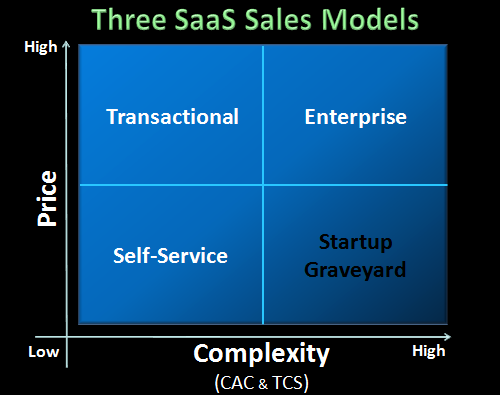Over the last five articles, we have performed an in-depth review of the struggles, challenges, and solutions of the accounting department within a software company. We have followed accounting’s progress from the early startup stages to the challenges faced when the startup becomes a full-fledged company. However, our analysis was focused on software companies in general. In today’s post, we will be more specific and discuss the complexities of companies that operate Software as a Service (SaaS) business models and use QuickBooks. Particularly, we will explore the SaaS revenue recognition challenges with QuickBooks.
According to Intuit, at least 90% of small business and startups use QuickBooks. Therefore, it is safe to assume that our hypothetical SaaS startup selected QuickBooks as their first accounting software. There are many reasons why this decision may have been the right one at the time. For example, the founder of our SaaS company is a programmer and knows little-to-nothing about accounting. Since it is just him, QuickBooks makes the accounting process relatively simple. As long as the start-up is only dealing with one or two customers a month, QuickBooks will serve its needs.
However, our SaaS company is not content with one or two a month and has an exit strategy of going public. It needs to grow big and grow fast. Through sheer determination, the founder finds more customers and starts making contracts with them. The contracts consist of multiple elements including subscriptions, licenses, usage fees, installation costs, and maintenance agreements. In addition, more people other than the founder are involved in the sale including the salespeople and operations. Suddenly, QuickBooks is no longer the best solution for the company.
Although there are many reasons why the company has outgrown their accounting software, the biggest challenges for our SaaS company is the revenue recognition challenges with QuickBooks. SaaS companies need to be concerned with the following revenue recognition rules:
Multiple Element Arrangement – Most SaaS companies offer their customers more than just a subscription. Companies usually offer some form of installation support, training, or consulting services. According to GAAP revenue recognition rules, each element in a contract has to be separated and priced individually. Then revenue is recognized upon delivery of each separate element.
Performed in QuickBooks: The truth is, QuickBooks cannot perform this level of revenue recognition. To track this type of contract, each element has to be tracked in a separate spreadsheet or in some add on software. Either way, the solution adds complexity to the accounting software.
Vender Specific Objective Evidence of Fair Value – As we noted above, each element within a multi-element contract needs to have an established and separate price. In order to establish the price, the SaaS company needs to establish VSOE on each element or defer all revenue until the entire contract is complete.
Performed in QuickBooks: Like above, QuickBooks will not track the separate price for each element. SaaS companies will also need to perform this calculation in a spreadsheet.
SaaS companies face many revenue recognition challenges with QuickBooks. There are better solutions. IF you want to know more, please contact us.
[subscribe2]




